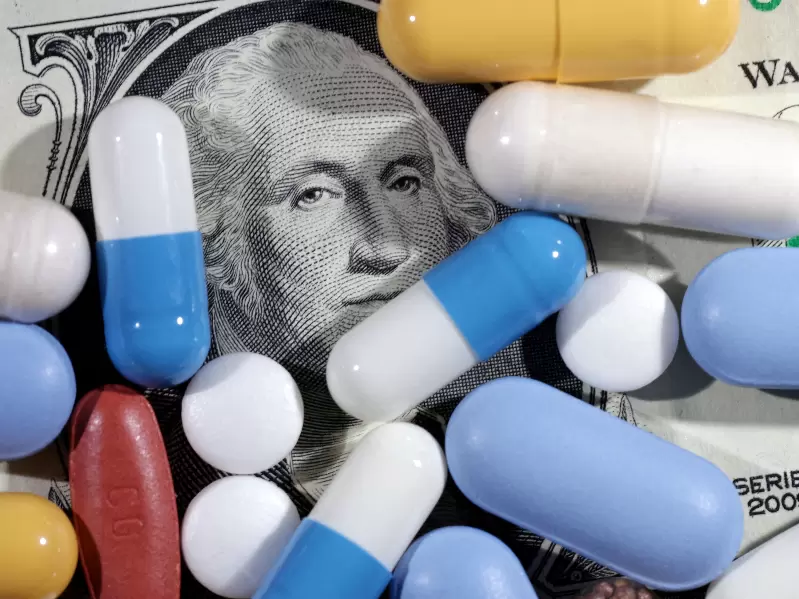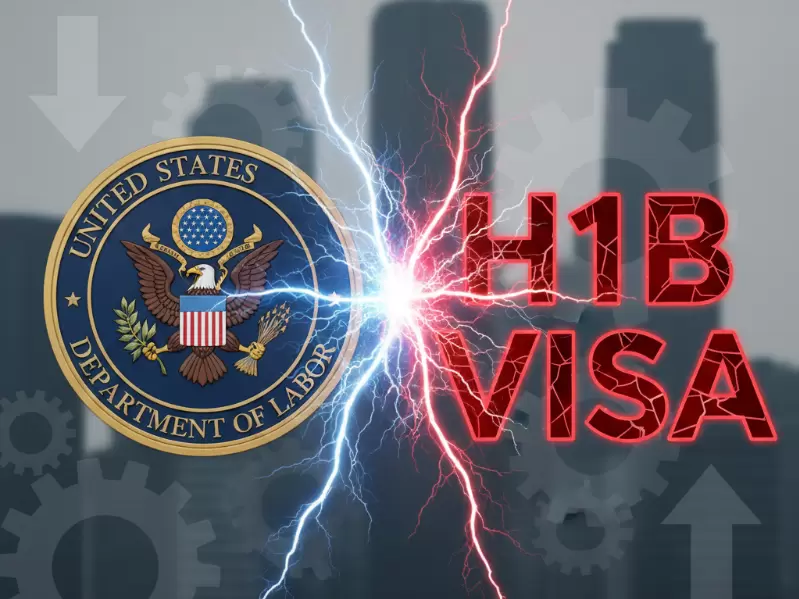US slashes 36% off Medicare spending on 15 high-priced medicines
Medicare covers more than 67 million people aged 65 and over and those with disabilities.
 U.S. dollar banknote and medicines are seen in this illustration taken, June 27, 2024. / REUTERS/Dado Ruvic/Illustration/File Photo
U.S. dollar banknote and medicines are seen in this illustration taken, June 27, 2024. / REUTERS/Dado Ruvic/Illustration/File Photo
The U.S. Medicare health plan said on Nov. 25 that newly negotiated prices for 15 of its costliest drugs will save 36 percent on those medications compared with recent annual spending, or about $8.5 billion in net covered prescription costs.
The prices go into effect in 2027, including a monthly price of $274 for Novo Nordisk's popular GLP-1 drug semaglutide, sold as Wegovy for weight loss and Ozempic for diabetes.
Medicare's recent net price for Ozempic was $428 a month, according to an analysis published in the Journal of Managed Care and Specialty Pharmacy. Medicare put the drug's list price, before confidential rebates and discounts, at $959 a month.
Based on such nondiscounted list prices, Medicare said savings on the 15 drugs ranged from 38% to 85 percent.
"They were gonna go to the table and try and push on those prices, and that's what they did," said William Padula, professor of pharmaceutical and health economics at the University of Southern California.
AstraZeneca’s leukemia drug Calquence, Boehringer’s lung treatment Ofev and Pfizer’s breast cancer drug Ibrance took the biggest hits from this round of Medicare negotiations, each slashed by over $4,000 from estimated net prices.
The annual price negotiations were established under President Joe Biden's signature Inflation Reduction Act (IRA) of 2022. Previously, Medicare was barred by law from negotiating with drugmakers.
SAVINGS OUTPACE PREVIOUS YEAR'S
The projected 2027 savings of 36 percent is better than the 22 percent savings of net spending - according to an estimate from Goldman Sachs - that Medicare achieved with last year's first round of price negotiations for 10 different drugs.
"They are getting more efficient with their methodology," but this latest batch of newer products likely had "more wiggle room" on price, Padula said.
Additional drugs up for negotiation this year included GSK's asthma and COPD inhaler Trelegy Ellipta, which will have a price of $175 versus its list price of $654. AbbVie's irritable bowel syndrome medicine Linzess has a new price of $136, down from $539.
Analysts said they will also be comparing the new prices to prices negotiated by other high-income countries, a concept President Donald Trump has fought for, which is sometimes referred to as most-favored-nation pricing, or MFN.
The pharmaceutical industry has fought the efforts. "Whether it is the IRA or MFN, government price setting for medicines is the wrong policy for America," said Alex Schriver, spokesperson of industry body PhRMA.
Medicare covers more than 67 million people aged 65 and over and those with disabilities.
"These prices are going to come down below the existing net prices. There will be some real savings," said Sean Sullivan, professor of pharmacy at the University of Washington.
"All of the other payers can see them. What is going to stop them from asking manufacturers for that same price?" he said.
PRICES STILL HIGHER THAN IN OTHER WEALTHY NATIONS
The Medicare agency unveiled last year maximum new prices for the first 10 high-cost medicines negotiated under the IRA to take effect in 2026.
For those drugs, including medicines such as the Pfizer and Bristol Myers Squibb blood thinner Eliquis and Amgen's arthritis drug Enbrel, the new prices were still on average more than double, and in some cases five times, what drugmakers had agreed to in four other high-income countries.
Under the IRA, Medicare is required to consider a number of factors for pricing, including manufacturer data and availability of alternative treatments. The law does not include a review of international prices in the process.
Many other countries have long had universal prescription drug coverage that relies on centralized price negotiations with manufacturers.
The Trump administration has since outlined what it considers most-favored-nation pricing terms: the lowest price in any country that is part of the Organisation for Economic Co-operation and Development with a gross domestic product per capita of at least 60 percent of U.S. GDP per capita.
Under a separate pilot program, Medicare has proposed a smaller “country basket,” which includes six G-7 countries - the UK, France, Germany, Italy, Canada and Japan - plus Denmark and Switzerland. The benchmark used to calculate the MFN price would be the second-lowest price within that basket of countries, adjusted by GDP per capita.
Medicare's next round of drug price talks is expected to include 15 additional prescription and hospital-administered medicines and begin in February.
ADVERTISEMENT
ADVERTISEMENT
E Paper
Video



 Reuters
Reuters











Comments
Start the conversation
Become a member of New India Abroad to start commenting.
Sign Up Now
Already have an account? Login